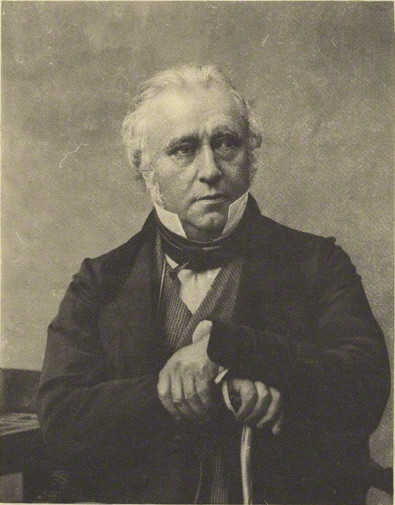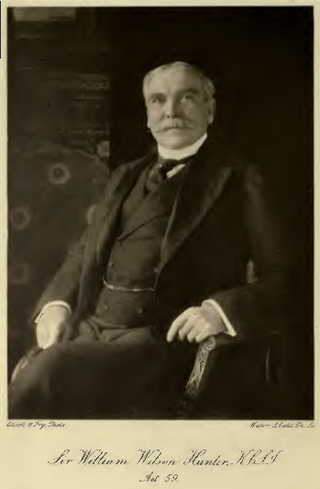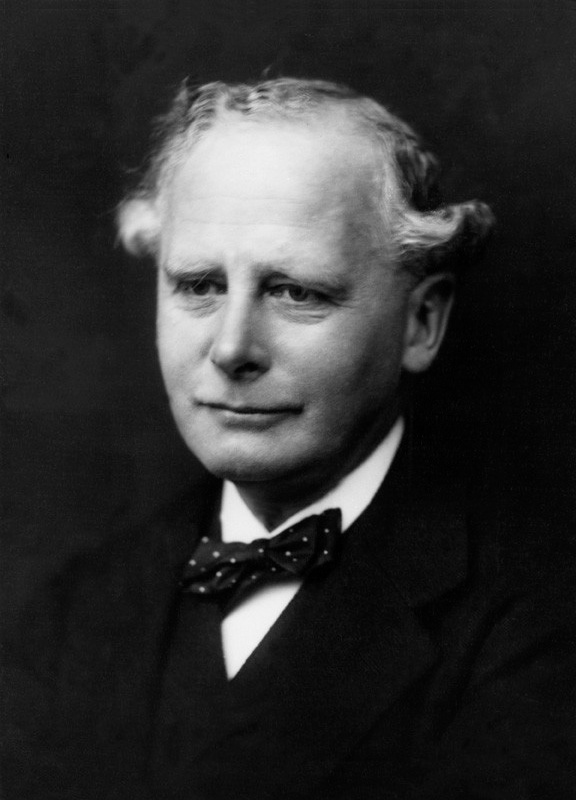After the invasion of British’s East India Company into Indian State Administration, education system was subsequently changed and developed according the requirement of British. Before the coming of Britishers, Hindus and Muslims in India were educated through traditional institutions like Pathsalas and Madrassas. With the gradual expansion of British colonialism, English education began to make new inroads. Initially, the East India Company did not take any major role in establishing educational institutions in India.
As its territory and market possession increased, it began to look out for a class of literate Indians who could help in building the company’s outreach and expansion of educational activities. Such an approach of the foreign colonial establishment came to be known as the ‘downward filtration theory. The increasing need for human resources and Indian personnel for the market expansion of the Company led to the introduction of several new legislations. The Charter Act, 1813 can be mentioned.
It was under the provision that the Britisher started to think of providing education to Indians by earmarking financial support of one hundred thousand rupees, particularly for the indigenous educational institutions. The period coincided with the growing influence of Christian missionaries on the East India Company to enact laws relating to the introduction of English education. Charles Grant and William Wilberforce played a significant role in this regard.
Accordingly, the Act of 1813 enabled the Governor-General of India in Council to earmark an amount less than one lakh for education in India and to allow the Christian Missionaries to take up religious educational activities. The colonial attempt to promote English education in India since then was unstoppable with the palpable support from a new section of the middle class who were equally impressed by modern English values.
The English Mode of Education
The upper caste and rich Indians were beginning to take interest in modern English values. It was during this juncture that Calcutta College and Sanskrit College were established. The early educational initiatives were marked by the establishment of Calcutta Madrasa in 1781 and Sanskrit College at Madras in 1791. Raja Ram Mohan Roy became a staunch supporter of English education. There was also a growing tide of social reformism in India under the leadership of Ram Mohan Roy, M.G. Ranade, Dayanand Saraswati, and Bal Gangadhar Tilak.
The reformist began to appeal for urgent social rethinking in India which they considered English education as a catalyst in bringing the desired change. The East India Company instituted a general committee of Public Instruction, in 1823 to promote Western education. One of the most significant attempts towards establishing the foundation of English education came through the initiative of Lord Babington Macaulay.
Downward filtration theory
In his much-acclaimed ‘Macaulay’s Minutes’ of 1835 the idea of a downward filtration theory became a solidifying ground for English education in India. The idea of the theory was to impart education to the members of the higher classes of a society which would enhance the scope of reaching out to people at the lower strata of Indian society. Accompanied by a sense of awakening among the newly emerging class of Indians, there was a growing appreciation of English enlightenment values, scientific temperament, and the education system.

According to Macaulay, English education was to secure a class of Indians who would be ‘Indian in blood and color, but English in taste.’ Another objective was to support colonial administration by making them work as interpreters for the colonial activities.
Lord Macaulay’s Minutes of 1835 gave a severe blow to the Indian languages as English was made the medium of instruction. It was to form a class who may be interpreters between us and the millions whom we govern. It was to help the expansion of the English market through the Anglicised Indians. In short, Macaulay’s education proposal was to appropriate the Indian elites of India through English education. Lord William Bentinck subsequently issued a declaration to promote western education in India as it proposed to stop funding oriental education. It further promised to supply the colonial government with a class of Indians at an effective cost.
Another significant development in the field of securing English education in India was the Woods dispatch, 1854. The dispatched came to be known as the Magna Carta of English Education in India. It recommended for a stratified education in India particularly encouraging upper caste to have access to education. The Woods dispatch recommended a three-layer education system in India which included establishing Vernacular Primary School; Anglo-Vernacular High School, and Affiliated Colleges and Affiliated Universities. It prescribed English as the medium of education in India.
The Hunter Commission 1882

The contribution of the Hunter Commission, 1882 appointed by Lord Ripon was another crucial step in deepening English education in India. The main agenda of appointing the Hunter Commission was to investigate the matters pertaining to education policies in India while relooking at the defects as well. The Commission made several significant suggestions on improving education in India. It is recommended to give preference to literate Indian applicants for governmental employments, particularly in the lower grade job recruitments. It is also recommended for expansion of primary schools in backward districts of India. It prescribed for the involvement of local bodies like the district and municipal boards in the administration of primary schools in India.
It is also recommended the separation of educational funds for urban and rural schools. A newer dimension of the Hunter Commission was that it almost for the first time brought in the importance of vocational education and revision of secondary level curriculum. The Hunter Commission made some serious attempts to involve Indians in private schooling with suggestions for ensuring education for girls and women. The suggestions made by Hunter Commission were received positively. The commission had a larger impact on school education in India. Due to the increased privatization of primary schooling in India, the traditional learning centers began to face a shortage of funds.
The Sadler Commission

The spread of English educational system in India was almost complete by the turn of the 20th century. The British Government of India appointed another commission to study and report on the problems of Calcutta University in 1917. The Commission was chaired by Dr. M.E. Sadler – the then Vice-Chancellor of the University of Leeds. The Commission had two Indian members. The Indian members were Ashutosh Mukerji and Dr Zia-ud-din Ahmad.
The Commission mainly focused on the need for the improvement of secondary education as a necessary precondition for improving University education in India. The Commission emphasized the need for synergizing college and university education. In addition, it wanted to resolve high school-related issues. The Commission largely dealt with issues concerning Calcutta University though it was relevant for other universities in India as well.
The Rise of Middle Class in India
The nature of educational initiatives taken up by the British in India had a mixed response. It must, however, be noted that there was an already existing system of native scholarship and pedagogical process. Provinces and native states in India had their own indigenous system of the learning system. Sanskrit and Persian education had acquired its distinct status in the Indian mainstream.
At some point, there was the encouragement of an oriental learning system for enhancing colonial interest. With the growing consolidation of colonial power, there was an Anglicisation of the education system in India. The rationale of Anglicising education in India was propelled by two factors. One, it was to produce a class of educated people who could serve the purpose of colonial administration. And second, it was a colonial plot to supplant the ‘oriental’ values with English ‘ civilizing’ values.
By the early nineteenth century, when English was made the official language there was a speedy trickling down of English education in India. According to estimates, by the time the East India Company’s rule in India was abolished in 1858 universities were opened at Bombay, Calcutta, and Madras. Nearly two thousand students were already enrolled in thirteen British India government colleges while thirty thousand students were enrolled in government secondary schools.
The British education in India produced a new social group of elites, bureaucrats, professionals like doctors, teachers, etc. The new social group was qualified to be called middle-class which was commonly prevalent in post-enlightenment western societies. After the sepoy mutiny, there was the sudden rise of middle-class consciousness as the first major political organization of India was founded in 1885. Bengal, Madras, and Bombay became the center of politics and social reformation as engineered by the newly emerging middle class.
It often appeared that there was a layered response to colonialism in India. There was a middle-class response to colonialism while the toiling masses constituted an unexpressed ‘subaltern’ class of people directly marred by colonial exploitation.
Aptly in the words of historian Sumit Sarkar while referring to the evidence provided by J.R. Maclane claims that by 1880, the total number of English-educated Indians rose to 50,000, and by 1907, the number of English-educated Indians rose to 5, 05,000 and the circulation of English newspapers to 2, 76,000. According to Sarkar, English education gave the middle class in India to have a ‘unique capacity to establish contacts on a country-wide scale and opportunity to mold and mobilize public opinion either against or in favor of government policies.’
The modern political values like liberty, equality, and justice increasingly began to impress upon the new middle class who were trying to generate awareness and national consciousness in India. The new ideological values imbibed from English education led to the breaking down of several traditional orthodox practices in India. The newly educated middle class became the torchbearers of modern values that heralded ideas based on reason and justice. Despite resistance from the revivalist, the new middle class dominated the nationalist articulation and the independence movement in India.

